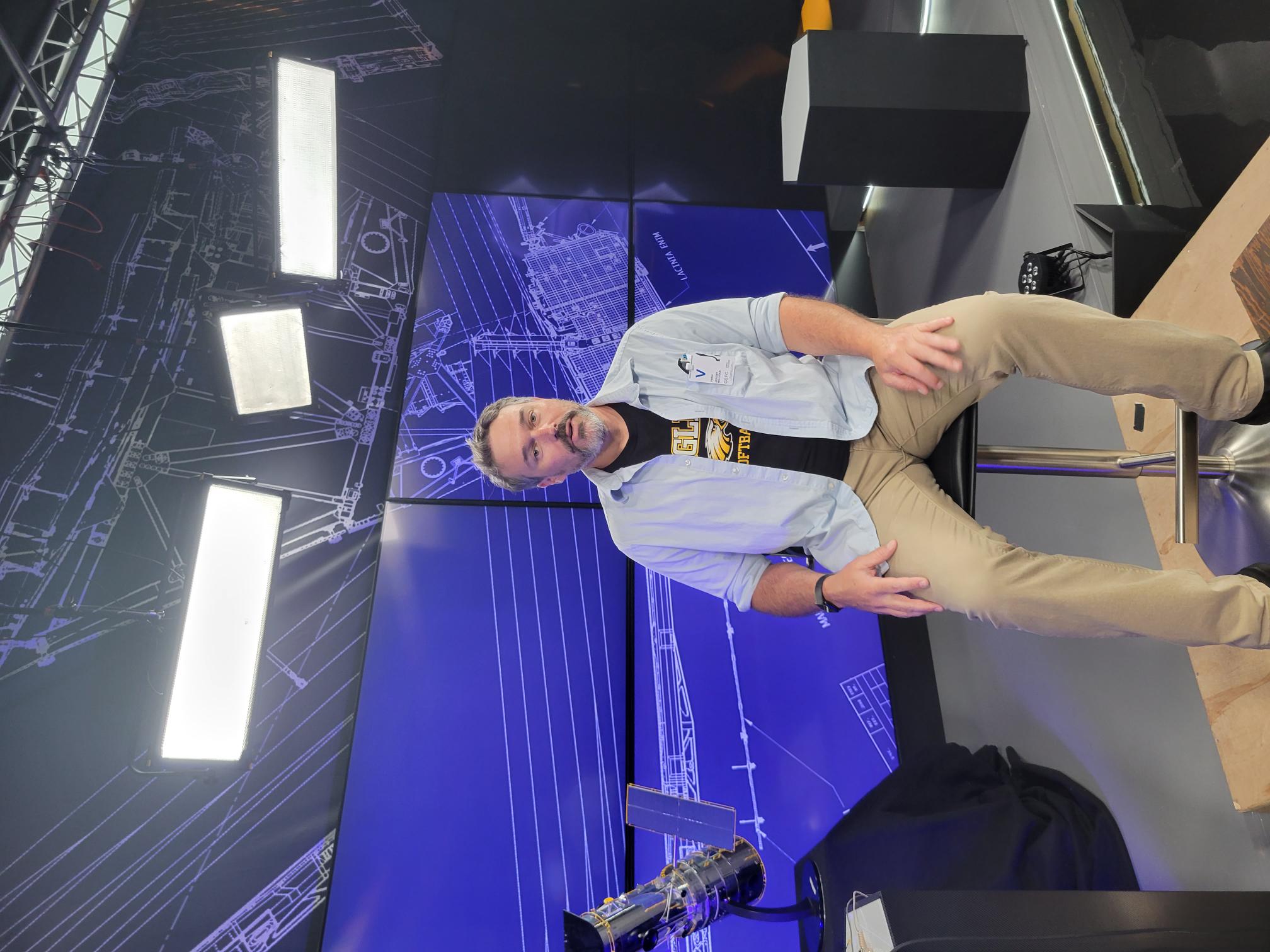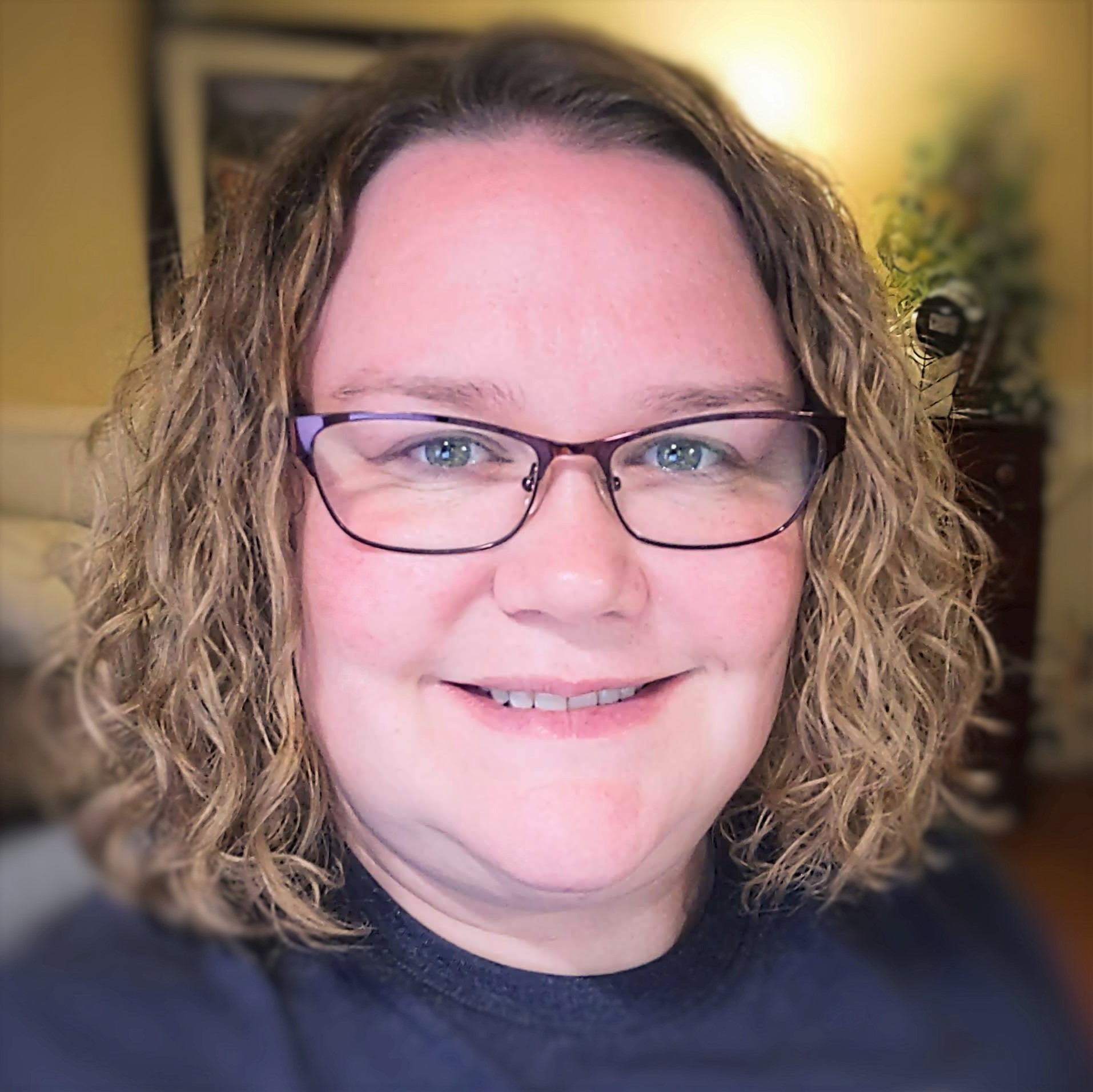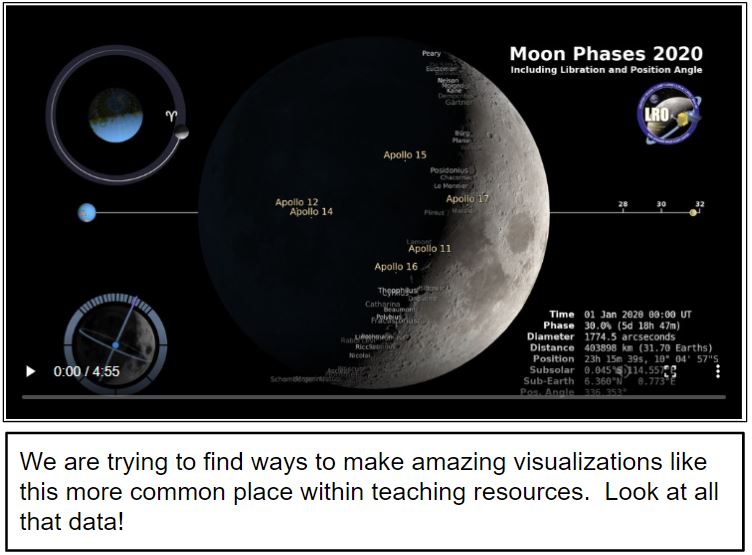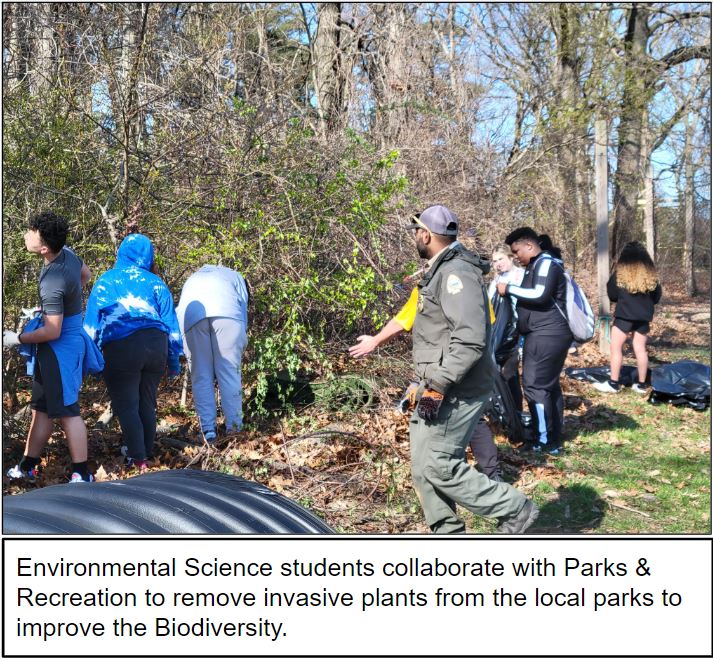News
SSAIHQ CMS Display Portlet
SSAI In The News
Breadcrumb
Behind the Classroom
by Jaha Knight


Most people wonder what teachers spend their time doing outside the classroom, especially during summer breaks.
Luckily, high school science teacher at Northeast H.S. in Anne Arundel County, Maryland, Jeremy Milligan, and 6th grade science teacher at Chesapeake Bay Middle School, Maggie Graham, sat down with us to give us some insight on what goes on behind the classroom.
Graham and Milligan both took their summer break outside the classroom to work at NASA’s Scientific Visualization Studio.
“We have been combing the Scientific Visualization Studio (SVS) resources trying to find visuals that allow teachers to utilize phenomena to enhance student understanding of ‘why’ we study data,” Graham said.
The main goal is to provide an anchor for students to base their investigations and lead them to ask deeper questions that go beyond the original lesson. But the work Graham and Milligan are doing is not just for the benefit of students.
“We have two big goals to strive for; one is to update the education section of the SVS site. We want to make the website accessible to teachers where they can find data driven visuals to support their lesson plans and student resources. Second, we want to support “phenomena-based inquiry” in the science classroom. Making sense of things what humans do. How can we foster this instinctual curiosity in the classroom? How can SVS support teachers as they develop their own phenomena-based lessons,” Milligan explained.
Though there is still much work to be done as far as curriculum changes the experience gained from this unique opportunity has been a positive one for both Graham and Milligan.
“So far, I have realized that NASA has a wealth of information beyond just space. There are so many high quality, data based visualizations on Earth systems that I was unaware of before this internship. I have also made connections that have allowed me to collaborate with people outside of the teaching profession and widened my scope of what education can be,” Graham said.
Milligan also added “I have severely underestimated NASA Goddard Flight Center’s value as a resource. I have gained points of contact for future science content development. I’ve learned the value of collaborating with outside resources.”

The work Milligan and Graham have contributed to SVS will be beneficial to students’ science learning experience in the classroom, as well as benefiting other
science teachers by providing a toolkit of resources that will hopefully lead other teachers to support a phenomena-based learning approach in their classrooms.
We have been very lucky to talk with Mr. Milligan and Ms. Graham and get a taste of what teachers really do when they’re not in the classroom!

